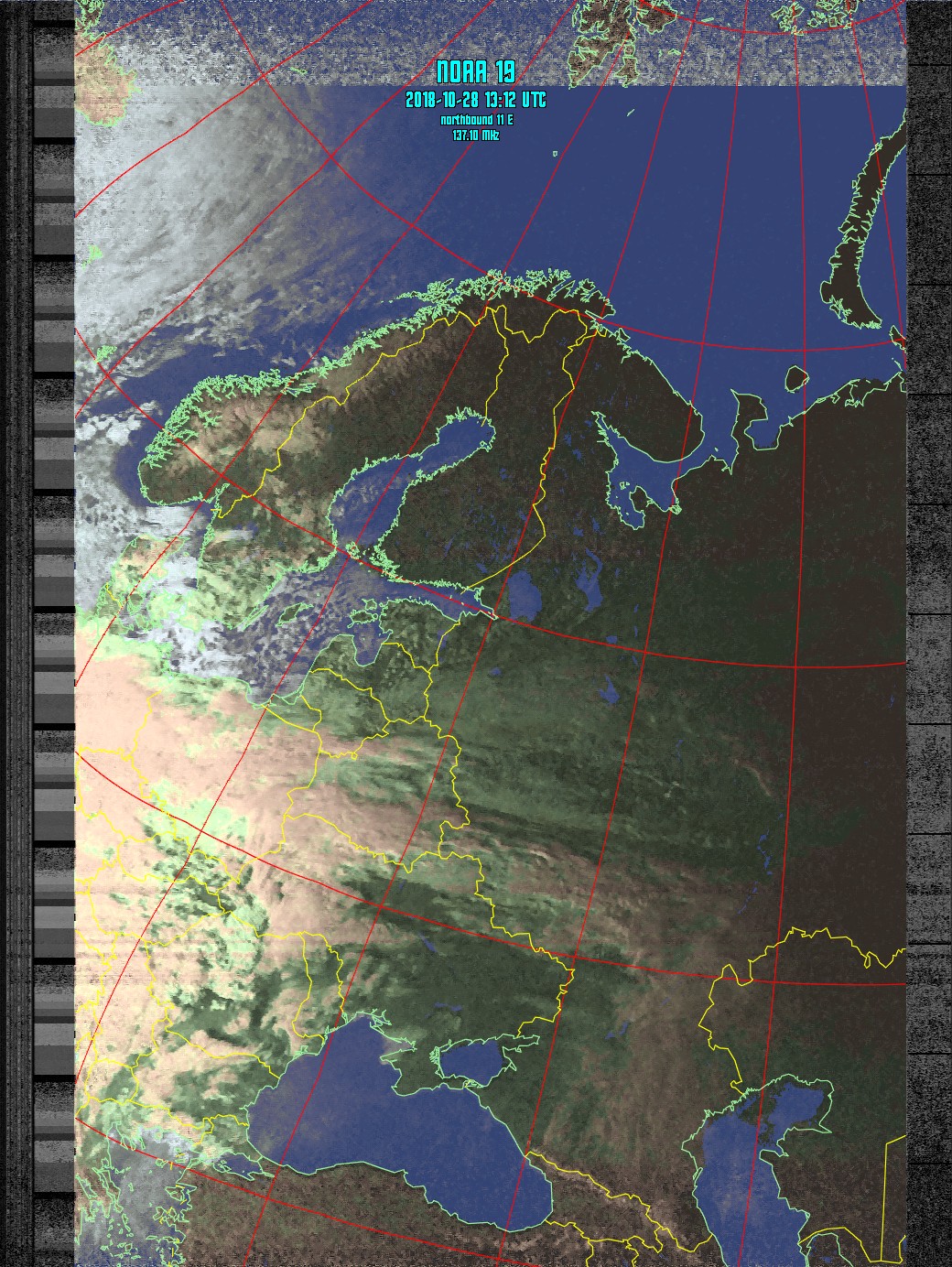

Geostationary satellites followed, beginning with the ATS and SMS series in the late 1960s and early 1970s, then continuing with the GOES series from the 1970s onward. The ESSA and NOAA polar orbiting satellites followed suit from the late 1960s onward. Beginning with the Nimbus 3 satellite in 1969, temperature information through the tropospheric column began to be retrieved by satellites from the eastern Atlantic and most of the Pacific Ocean, which led to significant improvements to weather forecasts. TIROS paved the way for the Nimbus program, whose technology and findings are the heritage of most of the Earth-observing satellites NASA and NOAA have launched since then. TIROS operated for 78 days and proved to be much more successful than Vanguard 2. The first weather satellite to be considered a success was TIROS-1, launched by NASA on April 1, 1960. The Explorer VI and VII satellites also contained weather-related experiments. It was designed to measure cloud cover and resistance, but a poor axis of rotation and its elliptical orbit kept it from collecting a notable amount of useful data. The first weather satellite, Vanguard 2, was launched on February 17, 1959. By 1958, the early prototypes for TIROS and Vanguard (developed by the Army Signal Corps) were created. This was due to sparse data observation coverage and the expense of using cloud cameras on rockets. Collectively, weather satellites flown by the U.S., Europe, India, China, Russia, and Japan provide nearly continuous observations for a global weather watch.Ī mosaic of photographs of the United States from the ESSA-9 weather satellite, taken on June 26, 1969Īs early as 1946, the idea of cameras in orbit to observe the weather was being developed. The Antarctic ozone hole is mapped from weather satellite data. Smoke from fires in the western United States such as Colorado and Utah have also been monitored.Įl Niño and its effects on weather are monitored daily from satellite images. Helens and activity from other volcanoes such as Mount Etna. Weather satellite images helped in monitoring the volcanic ash cloud from Mount St. Other types of environmental information are collected using weather satellites. While primarily used to detect the development and movement of storm systems and other cloud patterns, meteorological satellites can also detect other phenomena such as city lights, fires, effects of pollution, auroras, sand and dust storms, snow cover, ice mapping, boundaries of ocean currents, and energy flows. Satellites can be polar orbiting (covering the entire Earth asynchronously), or geostationary (hovering over the same spot on the equator). GOES-16, a United States weather satellite of the meteorological-satellite serviceĪ weather satellite is a type of satellite that is primarily used to monitor the weather and climate of the Earth.


 0 kommentar(er)
0 kommentar(er)
